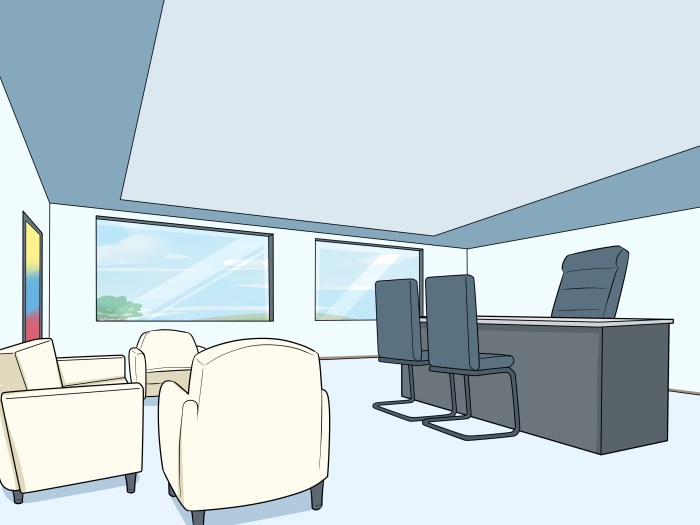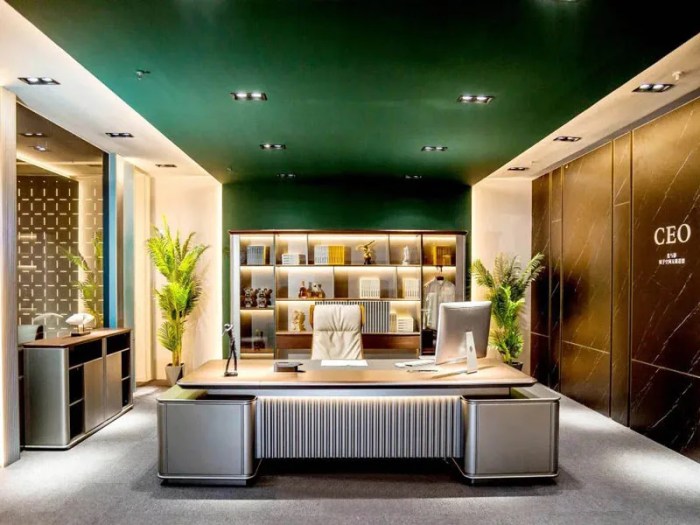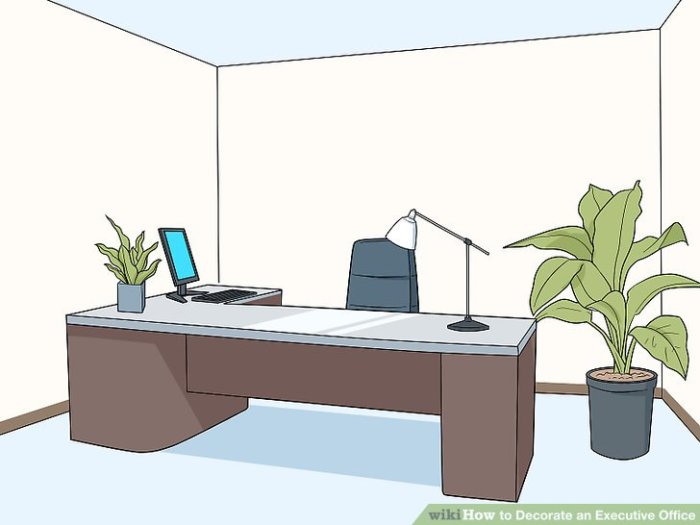How to decorate an executive office – Executive offices are the epitome of professionalism and power in the business world. When it comes to decorating an executive office, it is crucial to strike a balance between elegance and functionality. The decor should reflect the status and personality of the executive while also creating a comfortable and productive work environment.
1. Define the Style
Before you start decorating, it is essential to define the style you want to achieve in the executive office. Whether it’s modern, traditional, or minimalist, having a clear vision will guide your design choices.
2. Choose Quality Furniture
Invest in high-quality furniture that is not only stylish but also comfortable and functional. Opt for pieces that exude luxury and sophistication while providing ample storage and ergonomic support.
When it comes to creating unique decorations, one creative idea is making decorations out of fruit. By using various fruits like watermelon, pineapple, and berries, you can create stunning centerpieces or garnishes for any event. To learn more about how to make decoration out of fruit, you can visit this informative guide how to make decoration out of fruit.
3. Incorporate Personal Touches
Add personal touches such as family photos, artwork, or mementos that reflect the executive’s personality and interests. This will make the office feel more inviting and personalized.
4. Focus on Lighting
Good lighting is crucial in an executive office. Opt for a combination of natural light and ambient lighting to create a warm and inviting atmosphere. Consider adding task lighting for focused work areas.
5. Use Luxurious Fabrics

Incorporate luxurious fabrics such as velvet, silk, or leather to add texture and comfort to the space. Consider using drapes, rugs, or upholstery in rich colors and patterns to create a sense of luxury.
6. Display Achievements
Displaying awards, certificates, or accolades in the office not only showcases the executive’s accomplishments but also adds a touch of prestige to the space. Consider creating a gallery wall or using a display case for this purpose.
7. Organize Efficiently
Keep the office clutter-free and organized by investing in storage solutions such as filing cabinets, bookshelves, and desk organizers. A tidy workspace promotes productivity and helps maintain a professional image.
8. Add Greenery
Incorporate plants and flowers into the office to bring a touch of nature indoors. Not only do plants add visual interest, but they also have been shown to improve air quality and reduce stress.
9. Consider the Layout
Pay attention to the layout of the office to ensure that it is both functional and aesthetically pleasing. Consider the flow of the space and how the furniture is arranged to create a harmonious work environment.
10. Personalize the Space: How To Decorate An Executive Office

Above all, make sure the executive office reflects the unique personality and style of the individual who occupies it. Personalizing the space will make it feel like a true sanctuary and inspire productivity and creativity.
When it comes to creating unique decorations, one interesting idea is to make decoration out of fruit. By using various fruits like watermelon, pineapple, and strawberries, you can create beautiful and colorful centerpieces or displays that are not only visually appealing but also edible. To learn more about how to make decoration out of fruit, you can visit this helpful guide how to make decoration out of fruit.
What to Consider When Decorating an Executive Office
When decorating an executive office, it is important to consider the following factors:
1. Brand Image

The decor of the office should align with the brand image and values of the company. Choose colors, materials, and furnishings that reflect the ethos of the organization.
2. Comfort and Functionality
While aesthetics are important, comfort and functionality should not be overlooked. Ensure that the furniture is comfortable to sit in for long hours and that the layout promotes productivity.
3. Privacy and Distraction
Consider the need for privacy and minimize distractions in the office. Use soundproofing materials, privacy screens, or strategic layout to create a focused work environment.
4. Technology Integration
Incorporate technology seamlessly into the office design by providing adequate outlets, cable management, and ergonomic solutions for computers and other devices.
5. Sustainability
Consider sustainable and eco-friendly design choices when decorating the office. Opt for energy-efficient lighting, recycled materials, and green building practices to reduce the environmental impact.
Solution for Decorating an Executive Office
To create a well-decorated executive office, follow these steps:
- Define the style and vision for the space.
- Invest in quality furniture and accessories.
- Incorporate personal touches and meaningful decor.
- Focus on lighting and ambiance.
- Organize efficiently and declutter the space.
- Add greenery and natural elements.
- Consider the layout and flow of the office.
- Personalize the space to reflect the executive’s personality.
- Ensure comfort, functionality, and privacy in the design.
- Stay true to the brand image and values of the organization.
Conclusion
Decorating an executive office is a balancing act between style, functionality, and personalization. By following the tips and considerations Artikeld in this article, you can create a space that is both luxurious and conducive to productivity. Remember to prioritize comfort, organization, and personal touches to make the executive office a true reflection of the individual who occupies it.
FAQs
1. How can I incorporate technology into the design of an executive office?
Consider integrating technology through built-in outlets, cable management solutions, and ergonomic furniture that accommodates devices such as computers and tablets.
2. What are some ways to personalize an executive office without sacrificing professionalism?
Add personal touches such as family photos, artwork, or meaningful decor items that reflect the executive’s personality while maintaining a cohesive and professional look.
3. How important is lighting in an executive office?
Good lighting is crucial in an executive office as it affects mood, productivity, and overall ambiance. Incorporate a mix of natural and artificial lighting for optimal results.
4. How can I create a more sustainable executive office design?
Opt for eco-friendly materials, energy-efficient lighting, and sustainable practices when decorating the office to reduce the environmental impact and promote a healthier workspace.
5. What should I consider when choosing furniture for an executive office?
When selecting furniture, prioritize quality, comfort, and functionality. Invest in pieces that are stylish, ergonomic, and provide ample storage to create a productive work environment.
